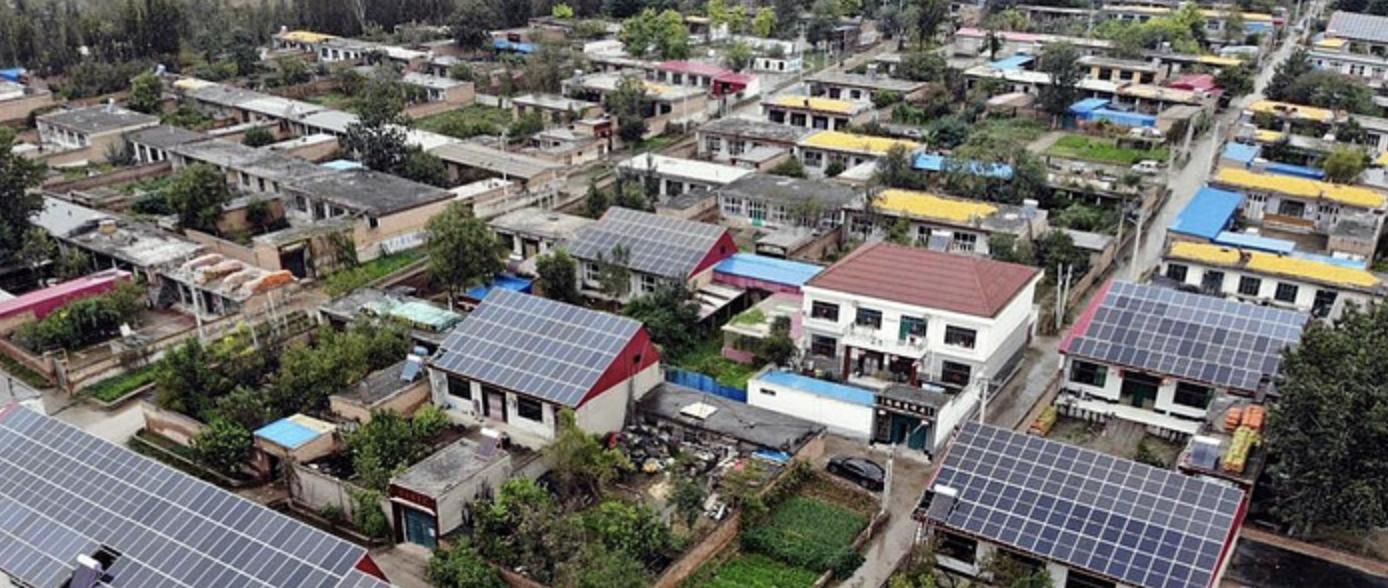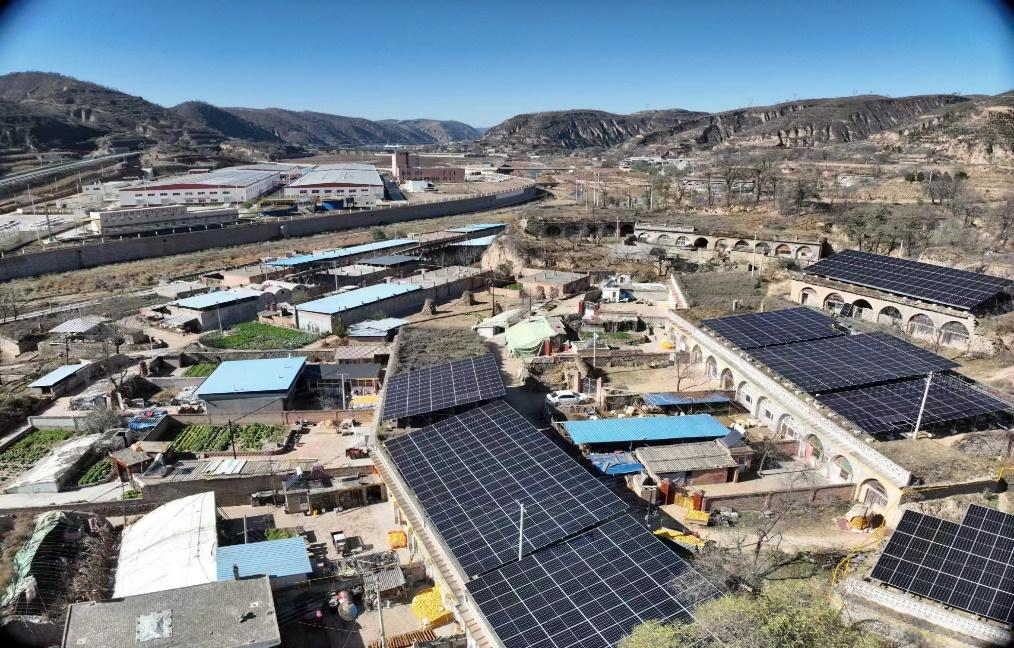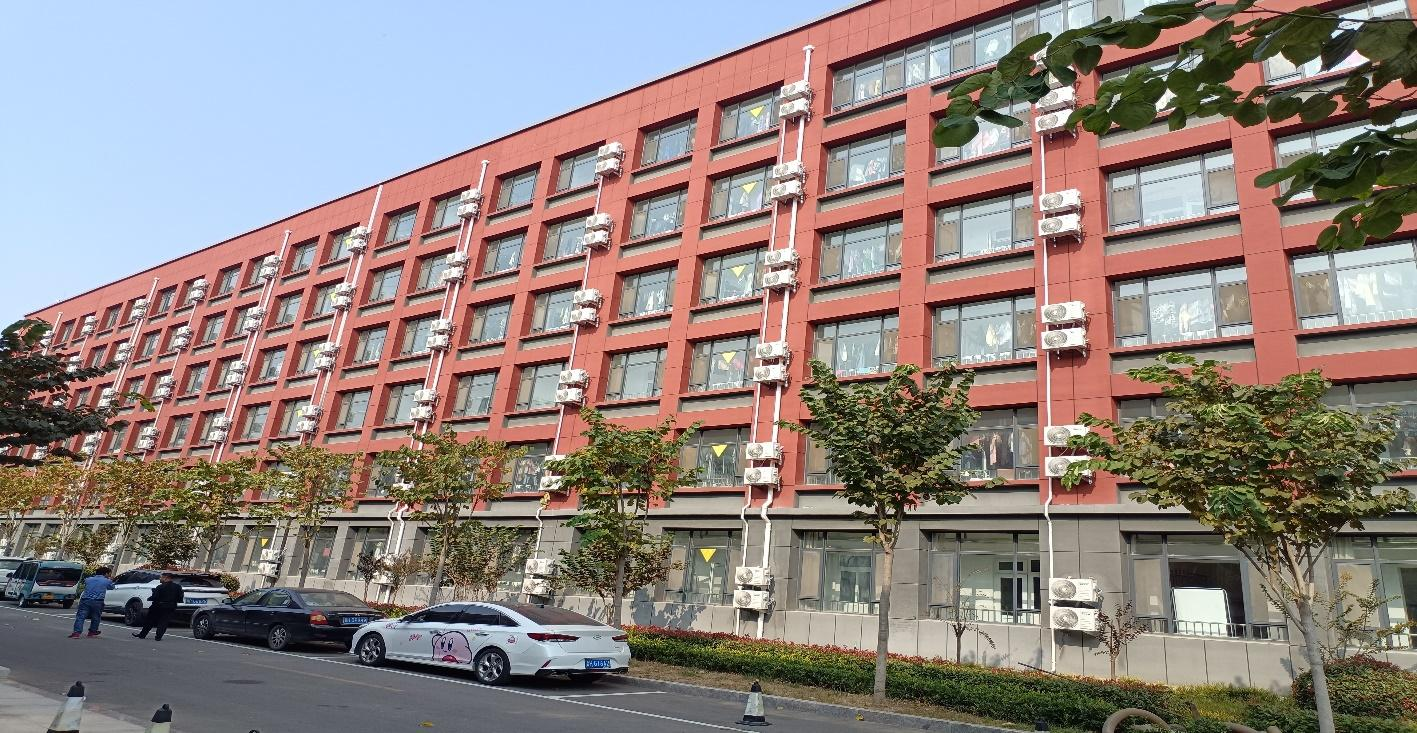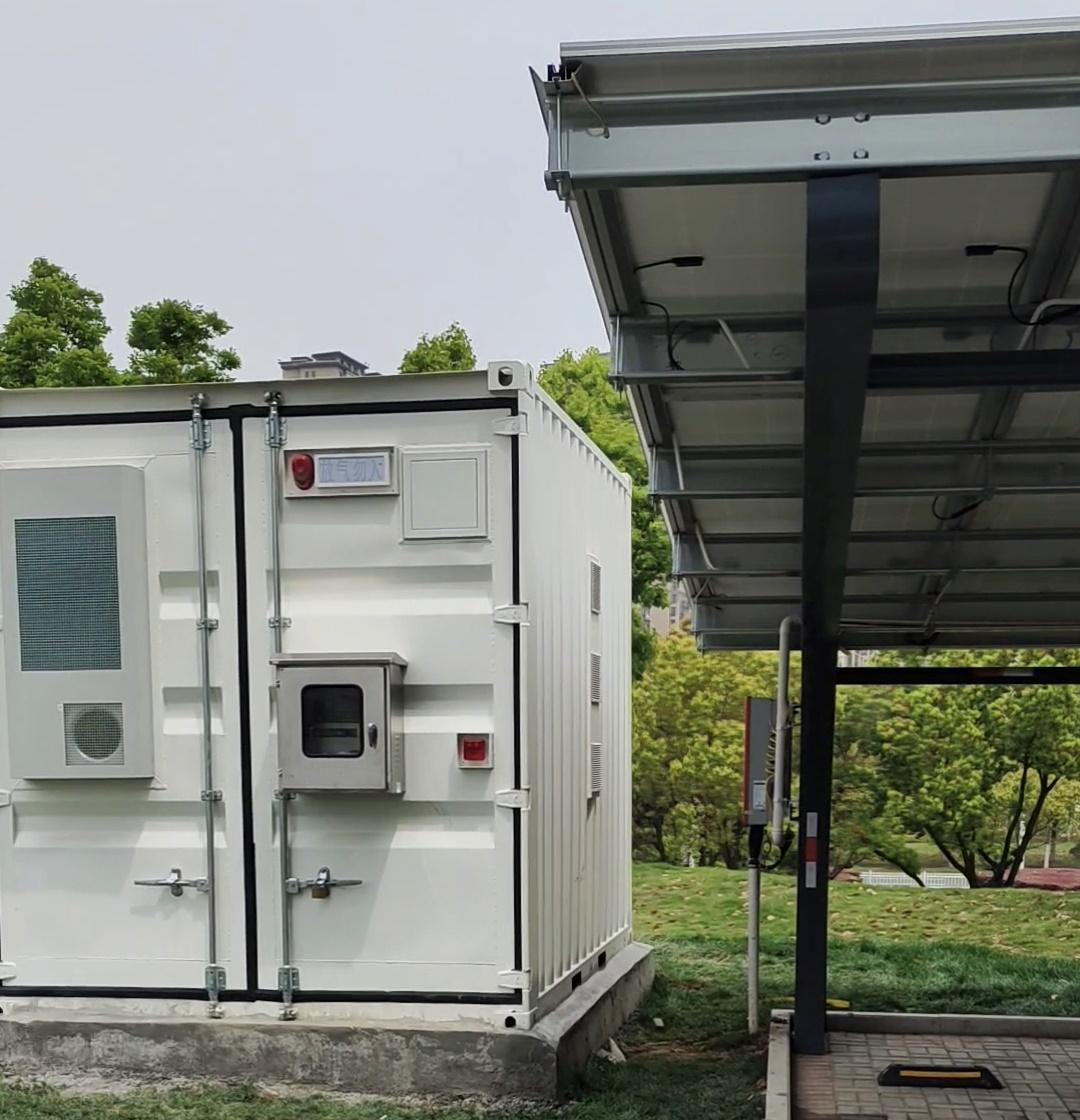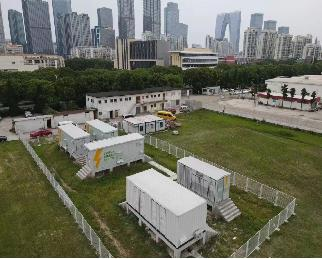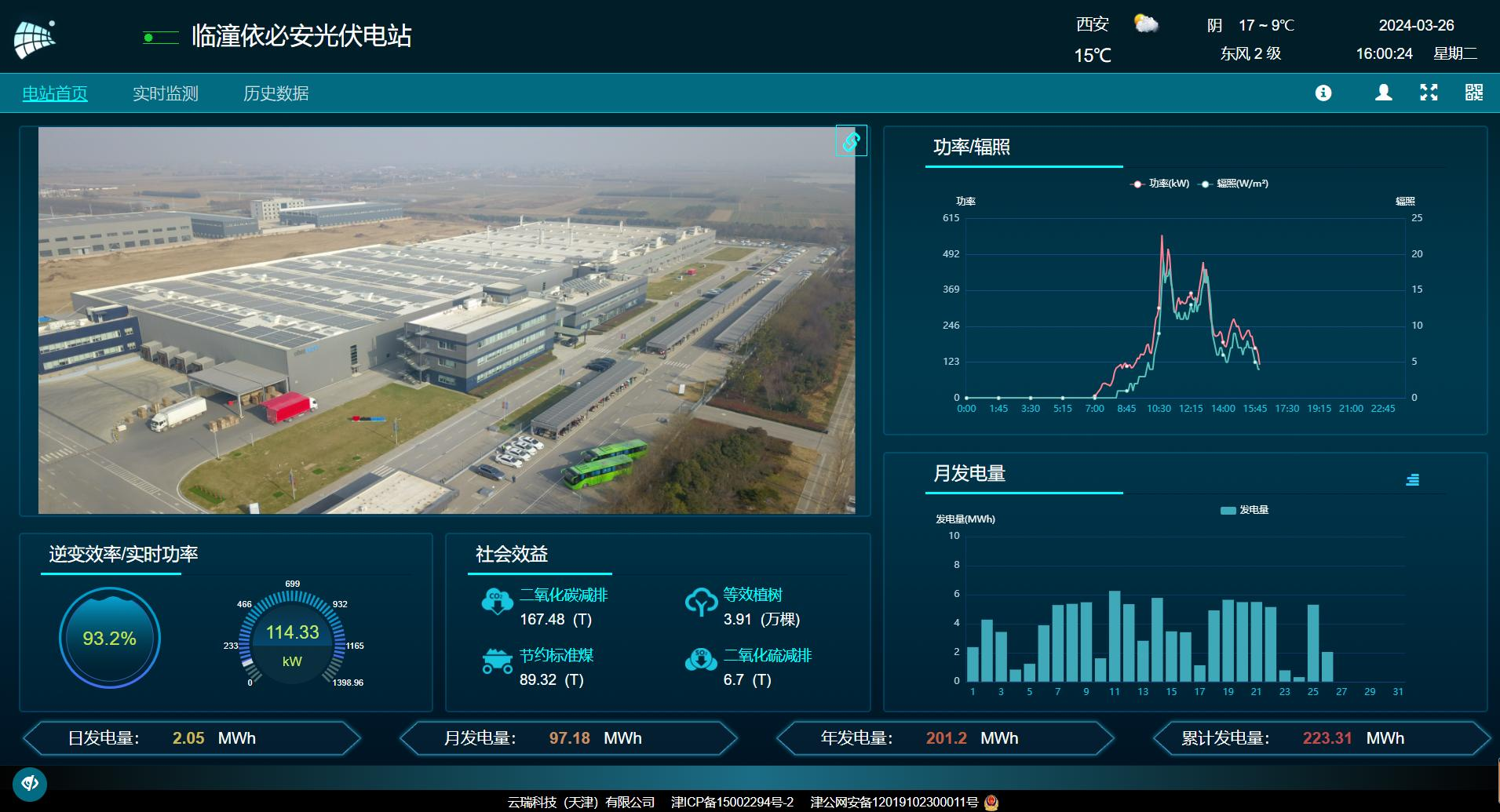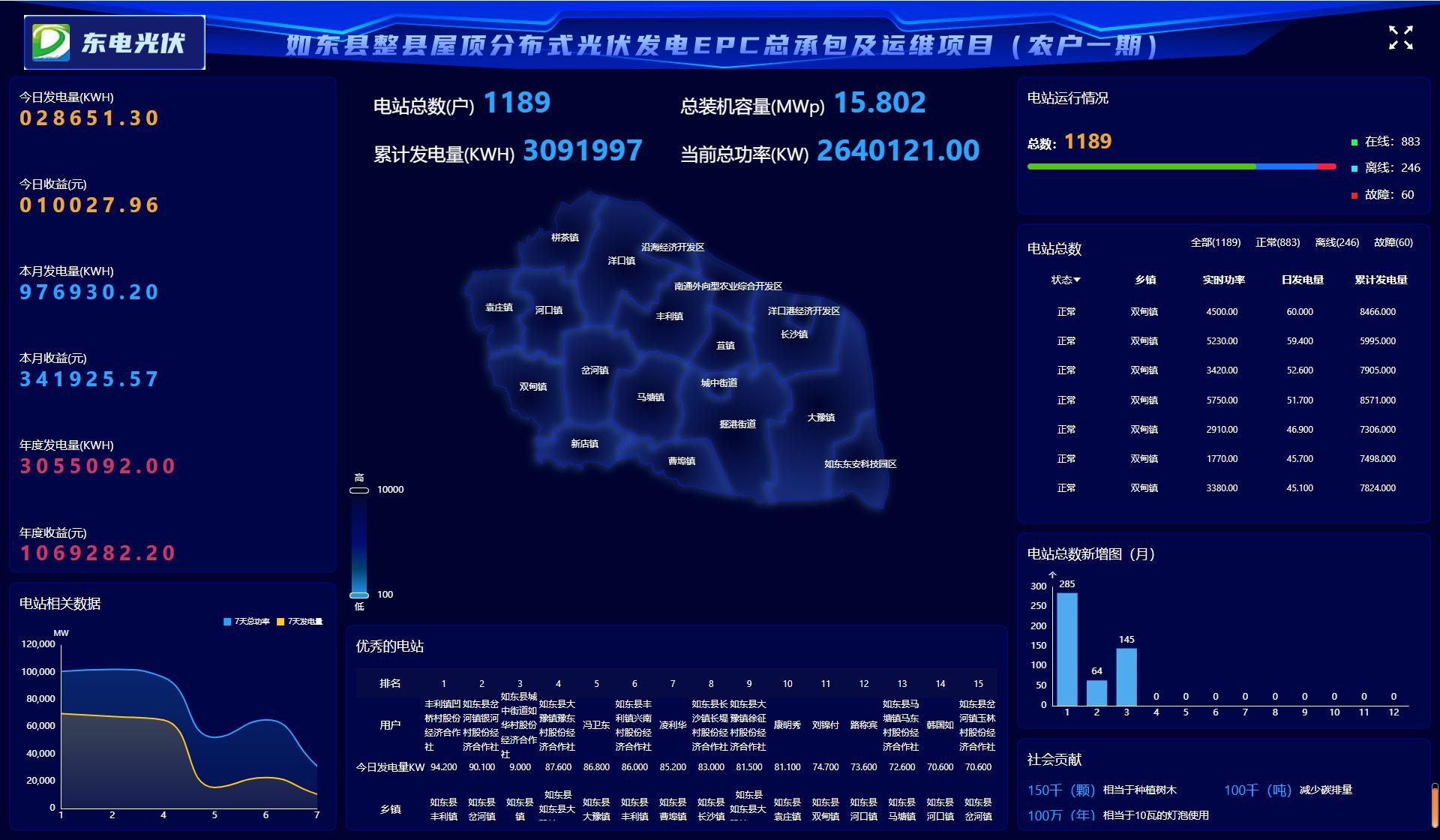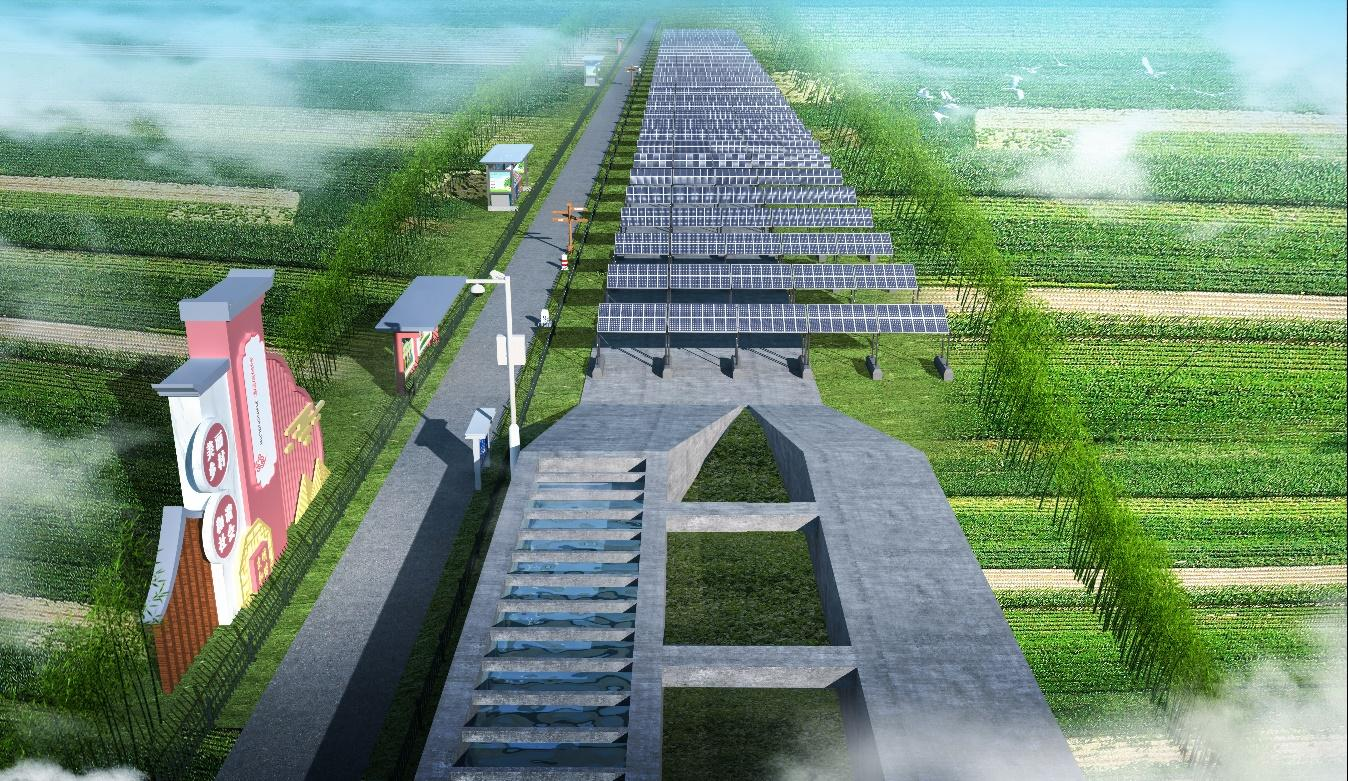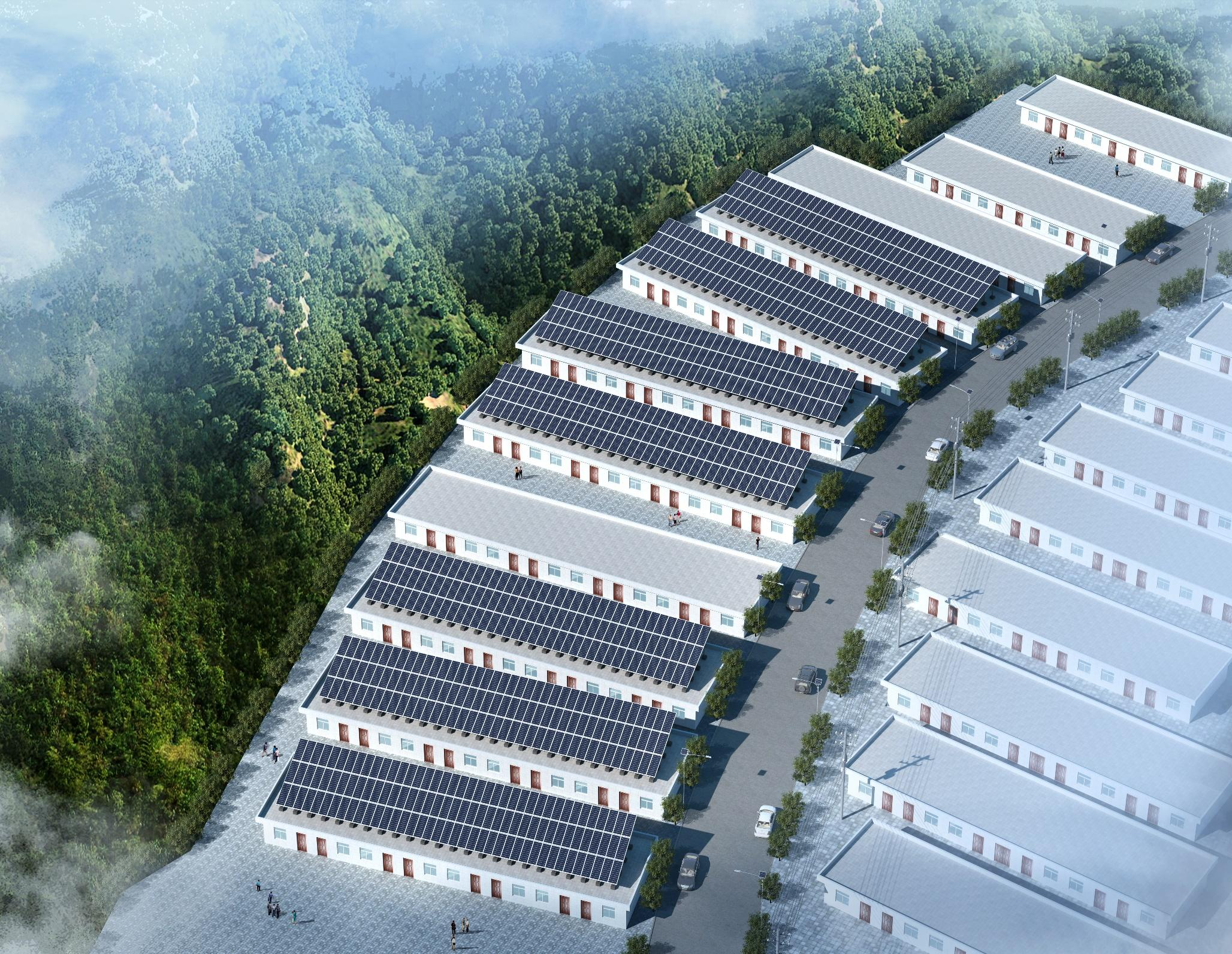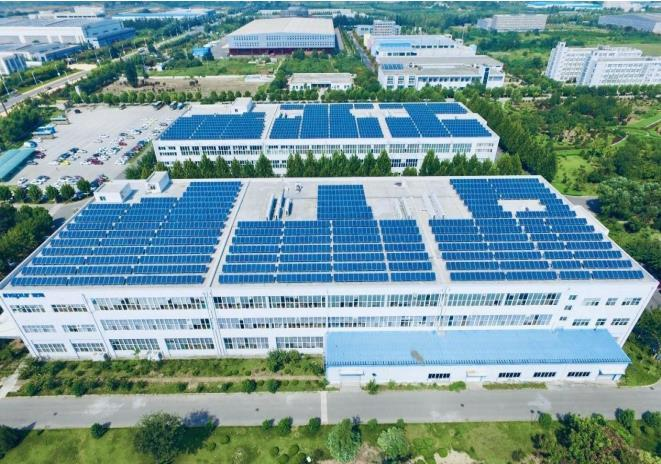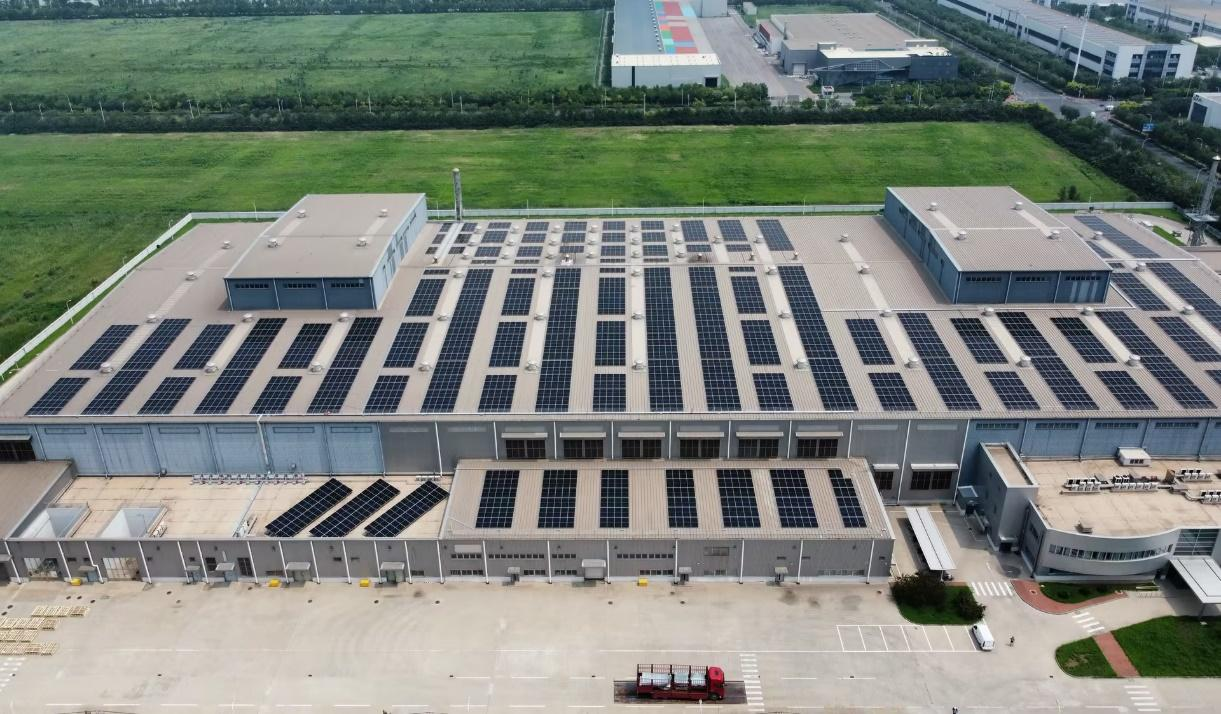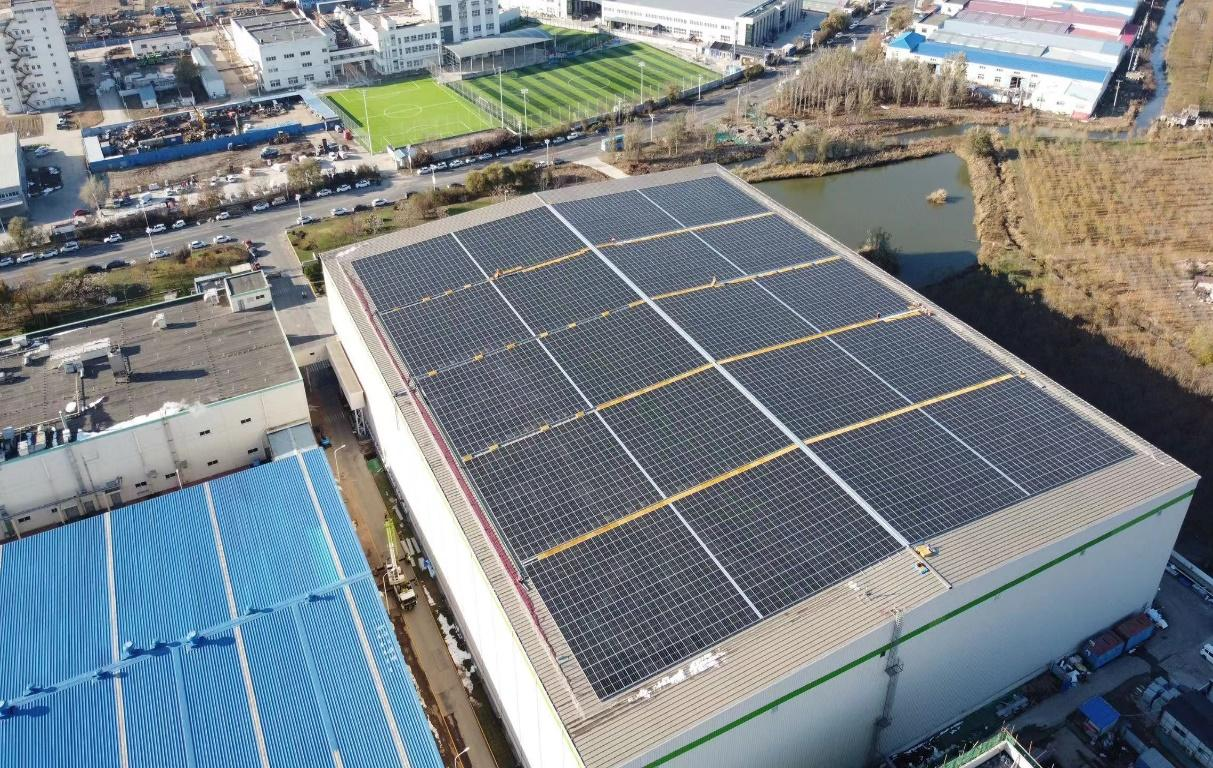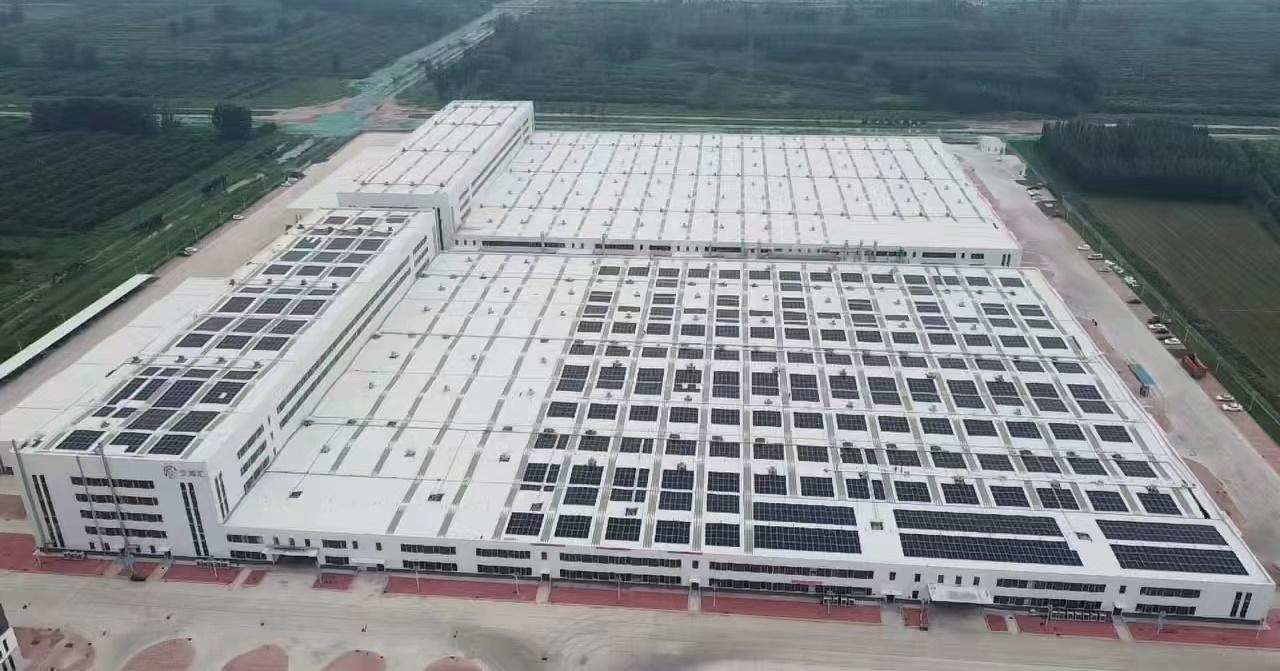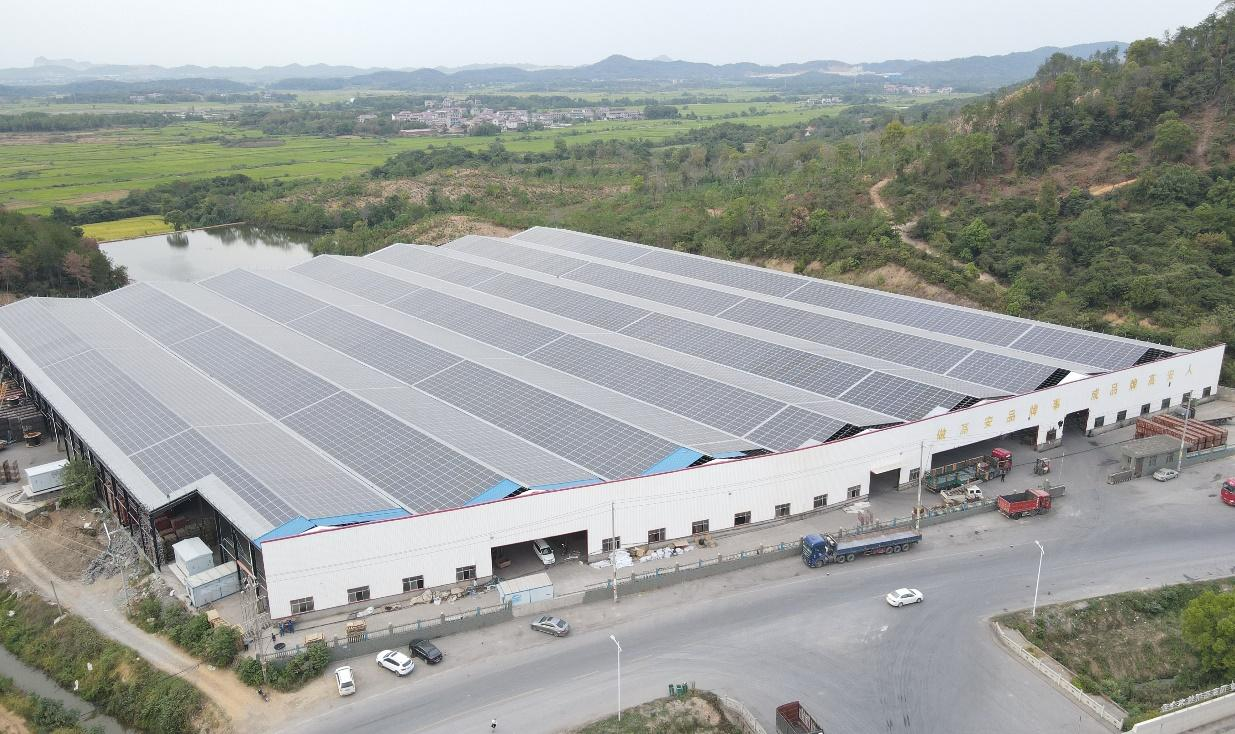Wedoany.com Report-Nov 15, Community solar typically involves a customer subscribing to a portion of an off-site solar facility’s generating capacity, receiving credits on their utility bills for the electricity produced by the facility. It can provide solar access to those who live in apartment buildings or don’t have the cash or credit to cover the upfront costs of solar.
In the first half of 2024, the U.S. Solar Market Insight report from the Solar Energy Industries Association and Wood Mackenzie notes that there were 577 MW of community solar installations, a 2% decline compared to H1 2023. Some of the stronger markets, Massachusetts and Maine, had slow quarters with Q2 capacity volumes declining 95% and 52% year-over-year, respectively. And emerging markets failed to meet expectations.
In the recent pv magazine USA Week, Jeff Cramer, president and CEO of Coalition for Community Solar Access presented an update on community solar, examining what’s working, where gains are being made and what the U.S. can expect in the future.
At least 7.3 GW of new community solar capacity is projected to come online in the next five years across current state markets, Cramer said, bringing U.S. total community solar capacity to 14.25 GW. He noted that that does not include new potential markets that are considering new programs.
Currently there are just over 20 states that have community solar programs; however, Cramer cautioned that only about two-thirds having functioning programs.
He pointed to California as an example of a non-functioning program after the California Public Utilities Commission issued a proposed decision that the Net Value Billing Tariff outlined in the Community Renewable Energy Act conflicts with federal law, leaving to question the future of the potentially burgeoning community solar market.
Benefiting low income
One advantage to community solar is the many ways in which it benefits low-income rate payers, not the least of which is holding steady or discounting the cost of electricity. Cramer said that by 2029, 3.6 GW of community solar will directly benefit low-income subscribers, which he said is a significant change from the early days. By early days, Cramer means about ten years ago, as community solar has only been around for about decade.
Several federal programs that support community solar include the EPA’s Solar for All program and the Low-Income Communities Bonus Credit program.
CCSA worked to create the Solar for All Program, which is a funding opportunity announced by the Environmental Protection Agency (EPA) in June 2023 that aims to deploy $7 billion in over 40 states to create or expand community solar programs that support low-income solar adoption.
The Low-income Communities Bonus Credit program through the U.S. Treasury aims to deploy 1.8 GW of low-income rooftop and community solar annually for the next decade, with a 10 to 20% discount on electric bills.
There are also “a whole grab bag” of additional federal programs to support the expansion of community solar, Cramer said, one of which is lowering the cost of interconnection in the base Investment Tax Credit (ITC) projects.
The growth of community solar
Community solar has seen a number of “hockey stick” growth curves over the last decade, according to Cramer. It started about ten years ago in rural areas with co-ops, both to empower landowners to put solar on their properties as well as to offer customers who couldn’t put solar on their roofs a way to go solar. From 2006 to 2014 the growth was slow but then between 2015 to 2018 states created scaled programs in investor owned utility districts.
Cramer said “community solar 2.0” began in 2018, marking the transition from an ownership model to a subscriber model. Having a solar project with one offtaker versus multiple offtakers helped make financiers more comfortable with the model, Cramer said. “It makes projects more financeable and secure if you can swap out one subscriber with another.”
Customers also benefited from the new subscriber model as they could now go online and sign up for a subscription without having to take out a loan or second mortgage to finance their share, Cramer said. The move enabled more customers to participate.
Local solar roadmap
In 2021 CCSA conducted a study to see what sort of model would bring distribution, transmission and generation considerations and offer the inclusion of distributed solar-plus-storage, plus VPPs, as an option for consideration within that model. By putting all those resources in one room and including distributed solar-plus-storage, the study found that you can save almost a half a trillion dollars by 2050. Cramer noted that we’re going to continue to need a significant amount of transmission and bulk scale generation, a significant amount of distributed solar-plus-storage, as well as VPPs or demand response, to achieve the lowest cost, decarbonized grid. He said we’re looking at 247 GW of distributed solar by 2050 and 160 GW of distrusted storage by 2030.
Overall, he concluded that distributed solar-plus-storage reduces net demand and smooths overall demand to enable access to the lowest cost utility-scale generation.

